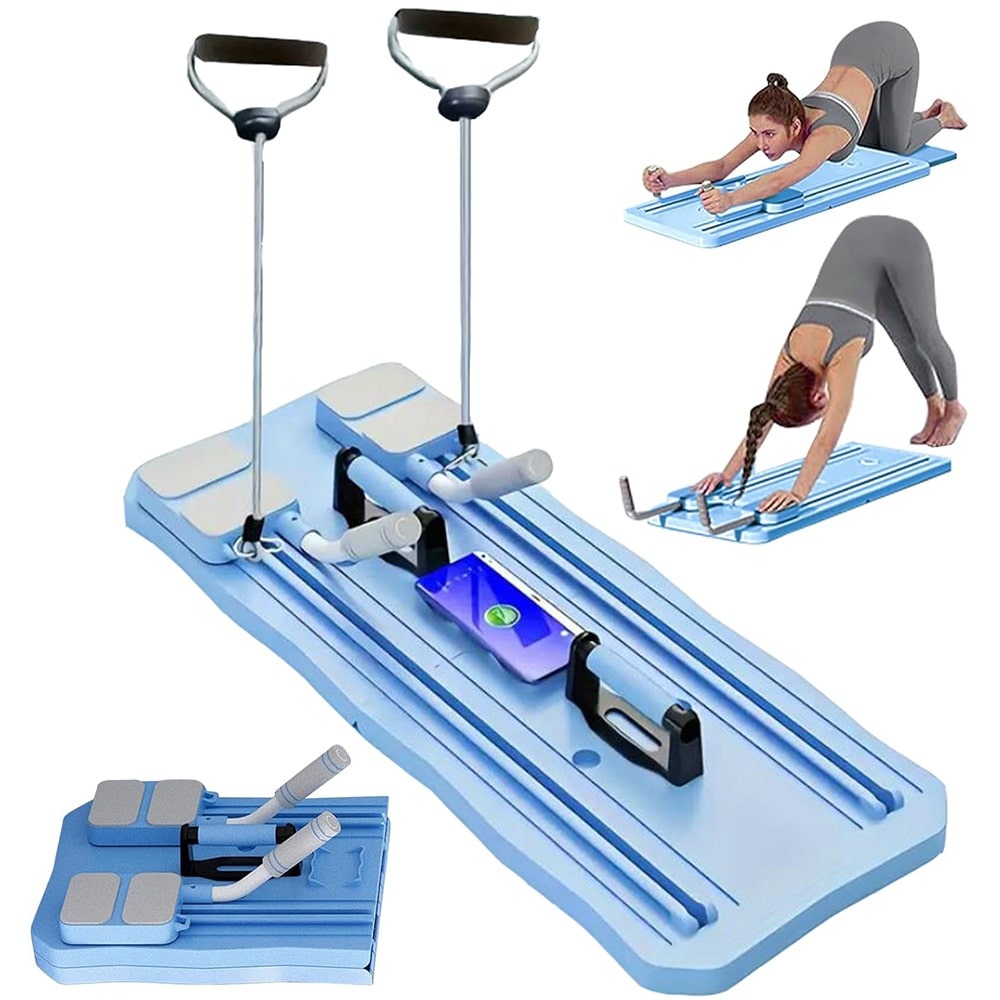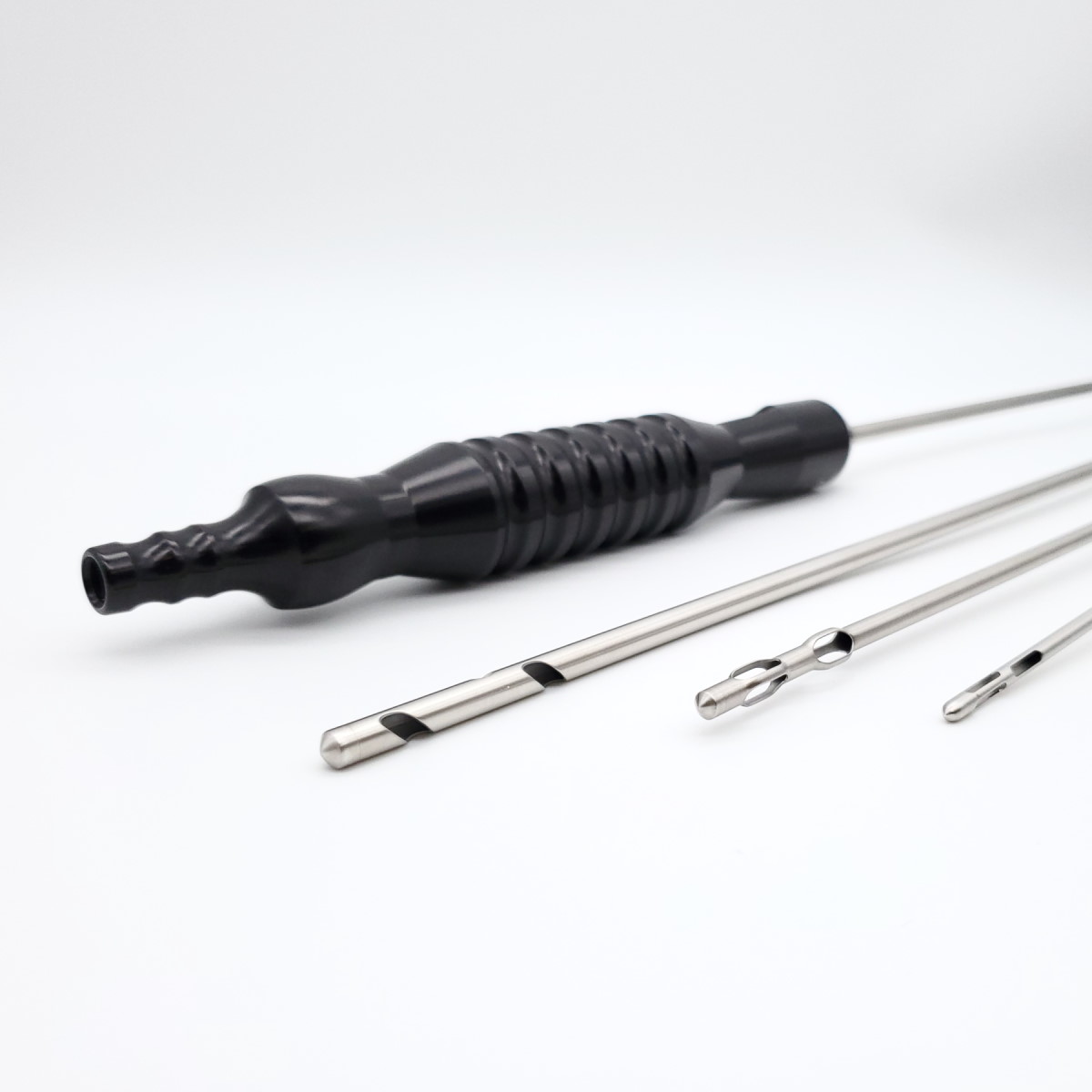Pilates has long been renowned as an effective low-impact exercise system that enhances core strength, posture, flexibility, and overall body consciousness. What started as a matwork routine early in the 20th century has developed into an extensive system of training backed by advanced equipment such as the Pilates Board, pilates reformer, and complex Pilates Machine configurations. Pilates is now performed worldwide, providing something for every segment of society from rehabilitation clients to professional athletes.
Let’s travel through the intriguing history of Pilates, following the journey from simple mat work to the high-technology equipment that dominates the method today.
The Origins: Floor-Based Contrology
Pilates was developed by Joseph Pilates in the early 1900s. A German physical trainer, he originally called his method “Contrology,” emphasizing the mind-body connection and the importance of controlled, deliberate movements. During World War I, while interned in England, Joseph began experimenting with rehabilitation exercises using minimal equipment. His focus was on body alignment, controlled breathing, and core strength all of which still define Pilates today.
The first iteration of the method consisted solely of mat floor exercises, done on a mat with no resistive add-ons or equipment. These basic movements, such as the Hundred and the Roll-Up, are part of contemporary Pilates and are the foundation of most regimens.
The Birth of Equipment-Based Pilates
Once having immigrated to the United States during the 1920s, Joseph Pilates established a studio in New York City where he started teaching dancers and athletes. Understanding mat work’s limitations, he began constructing equipment to expand the method and aid in rehabilitation. These machines utilized pulleys, springs, and resistance to load the body in novel patterns.
This was the start of what is now termed pilates machines, a significant turning point in the development of the practice.
The Reformer: A Revolutionary Innovation
Perhaps the most enduring Pilates device invented by Joseph Pilates is the pilates reformer. Made up of a sliding carriage, adjustable springs, a footbar, and shoulder blocks, the reformer permits hundreds of exercises that enhance strength, flexibility, and coordination.
The reformer had two main benefits:
- Adjustable Resistance: The spring-loaded system enables the user to make tension tighter or looser depending on his or her strength and fitness level.
- Full-Body Engagement: Almost all reformer movements engage the core, with the arms, legs, and stabilizing muscles also working.
Whether for rehabilitation, sports training, or overall fitness, the Pilates Reformer revolutionized the way people did Pilates lifting it from the floor to an active, three-dimensional workout.
Expanding the Equipment Arsenal
After the reformer, other Pilates equipment has been added, such as:
- The Cadillac (or Trapeze Table): A big, bed-like apparatus with bars and straps for a broad range of exercises.
- The Wunda Chair: A small, spring-loaded chair that provides resistance and balance conditions.
- The Ladder Barrel: A curved piece of equipment used for spinal flexibility and core training.
These machines, plus the reformer, formed the basis of professional Pilates studios and physical therapy centers. Each pilates machine was designed to have a specific purpose, ranging from injury rehabilitation to flexibility exercises.
The Emergence of the Pilates Board
More recently, as Pilates caught on among home exercisers, people demanded more convenient, compact versions. Meet the Pilates Board, a new innovation that captures the sensation of reformer-style training in portable, budget-friendly form.
A Pilates board may consist of:
- A sliding surface to mimic reformer carriage motion.
- Resistance bands or cords for upper and lower body exercises.
- Foot platforms or handles for support.
Though it doesn’t provide the entire range of resistance and movement found on a reformer, the Pilates Board provides an easy way for anyone to do modified reformer-type exercises in the comfort of their home.
Pilates Machines for Every Lifestyle
Today’s pilates machines range from professional-level reformers to hybrid machines with characteristics of the Cadillac and chair. Digital classes and home gym fitness packages now combine reformer-style workout with on-screen instructions, which make Pilates even more accessible than before.
This evolution reflects the adaptability of the Pilates method. Whether you’re training on a Pilates Board, using a traditional pilates reformer, or working with a full pilates machine system, the core principles of controlled movement, alignment, and breath remain unchanged.
Choosing the Right Equipment for You
Each stage of Pilates’ evolution offers benefits depending on your goals:
- Mat Work: Great for beginners or those who prefer low-equipment routines.
- Pilates Board: Ideal for home users who desire portability, ease, and budget-friendliness.
- Pilates Reformer: Perfect for those wanting studio-level workouts with adjustable resistance and diversity.
- Advanced Pilates Machines: Most suitable for dedicated practitioners, physical therapy requirements, or studios with full programs.
Knowing the history and variety of Pilates equipment enables you to make knowledgeable choices about your personal practice and fitness path.
Conclusion
From simple mat origins to high-performance gear, Pilates has evolved into a mind-body, body-changing technique enjoyed by millions of people worldwide. The progression from floor work to the creation of the Pilates Board, pilates reformer, and sophisticated pilates machine systems is a testament to the versatility and efficacy of the method. Read This
Wherever you are in your fitness journey, there’s a slice of Pilates history and gear waiting to help you achieve your objectives. From mat to sliding board to full-sized reformer, Pilates continues to provide what it promised more than a century ago: thoughtful movement, a stronger physique, and improved overall wellness.



